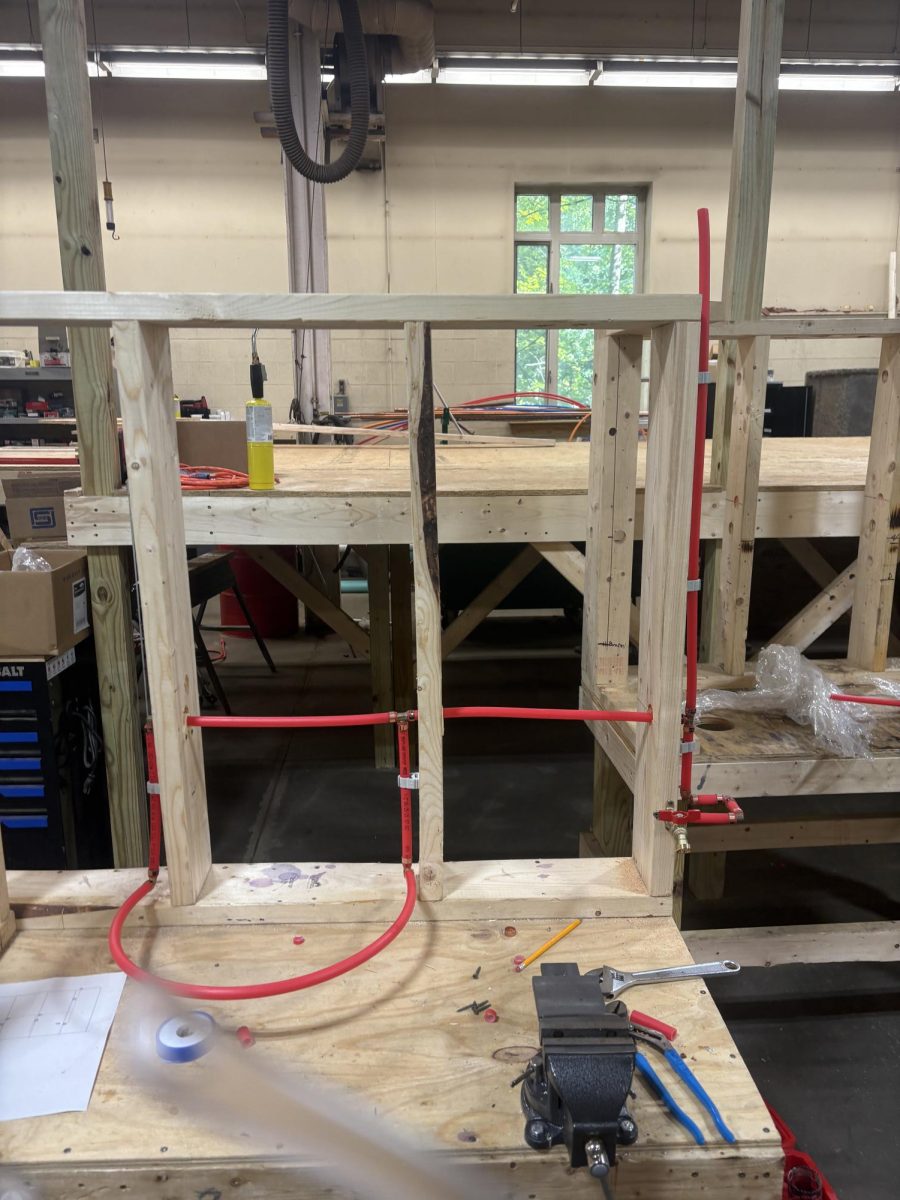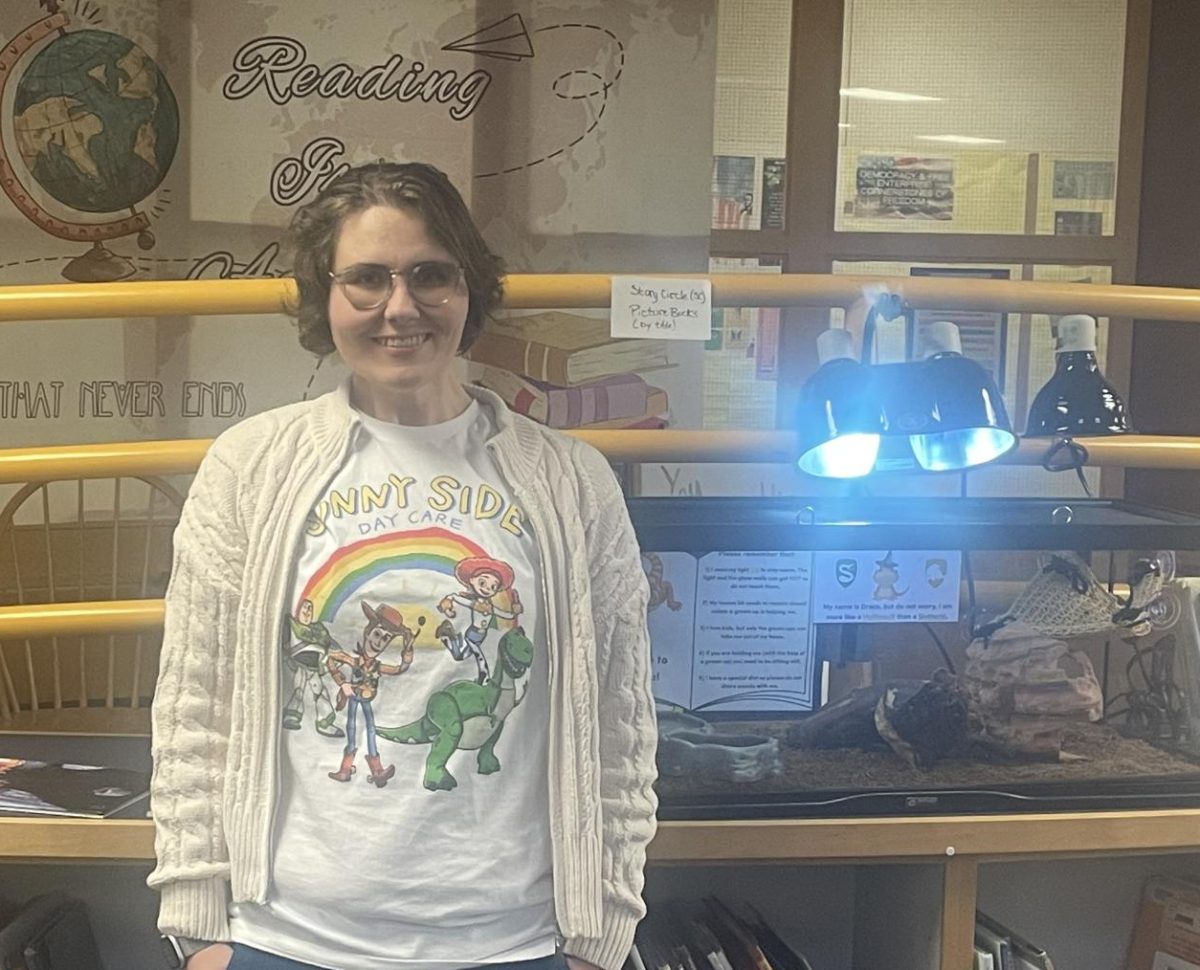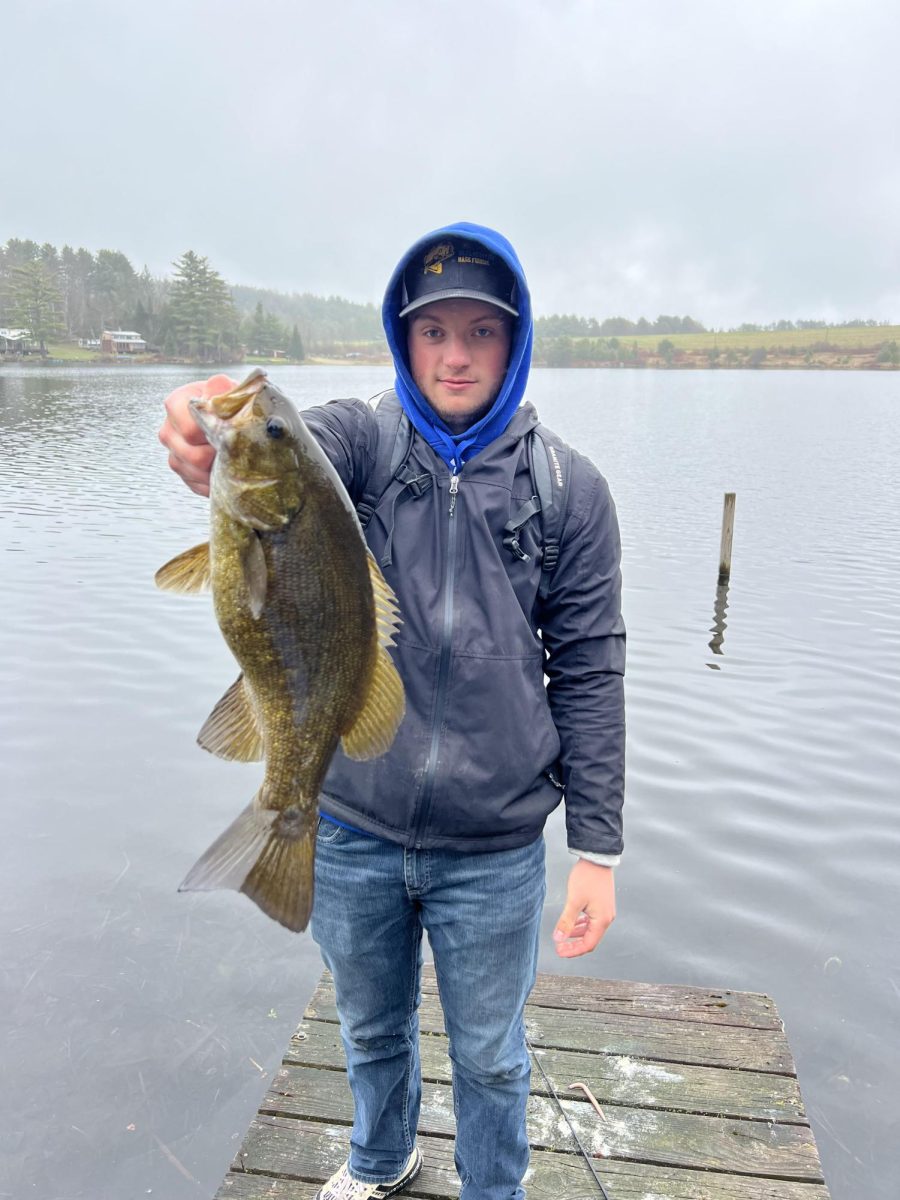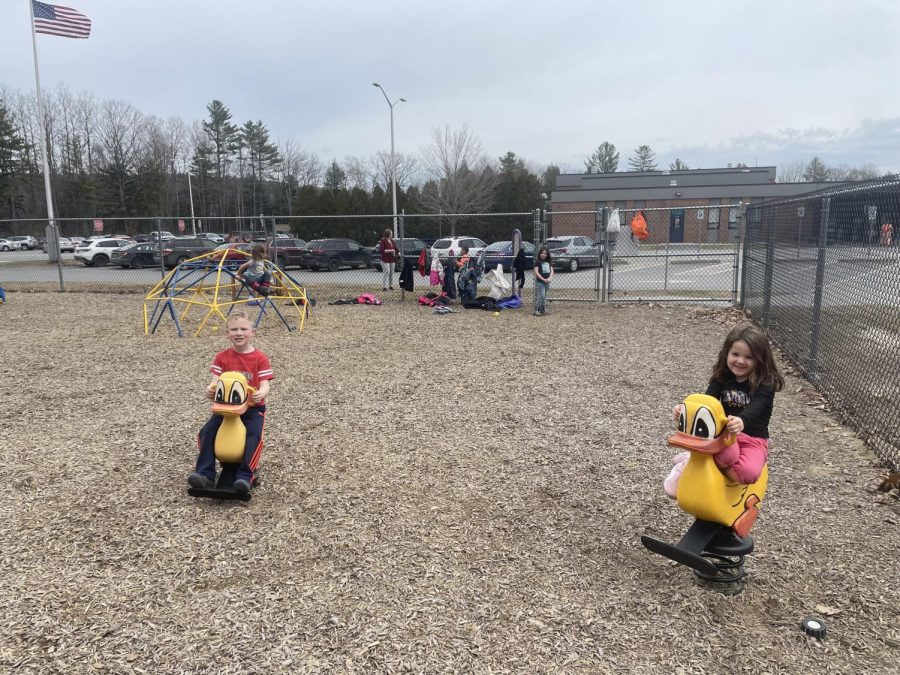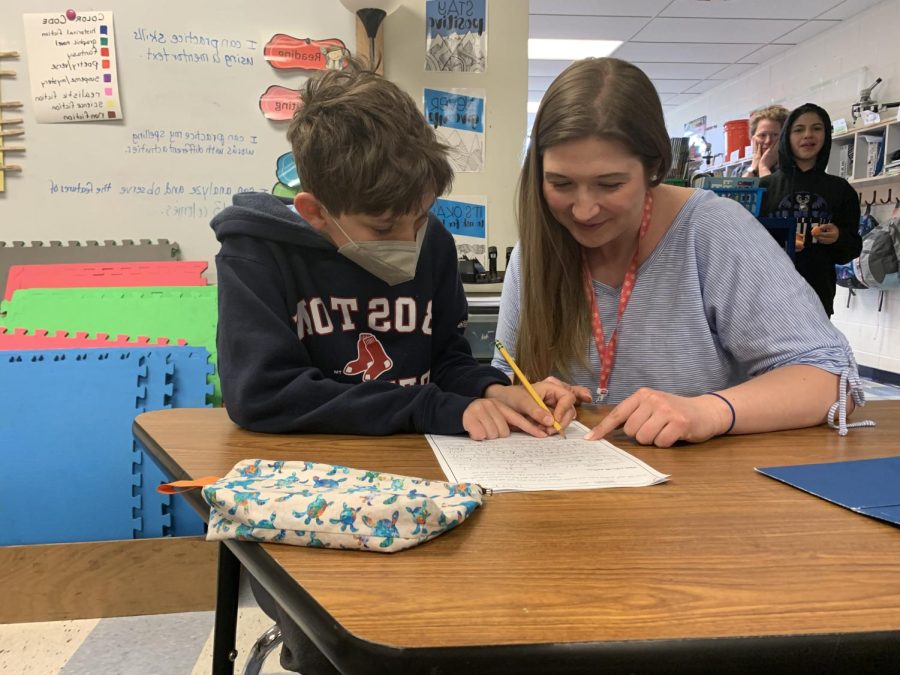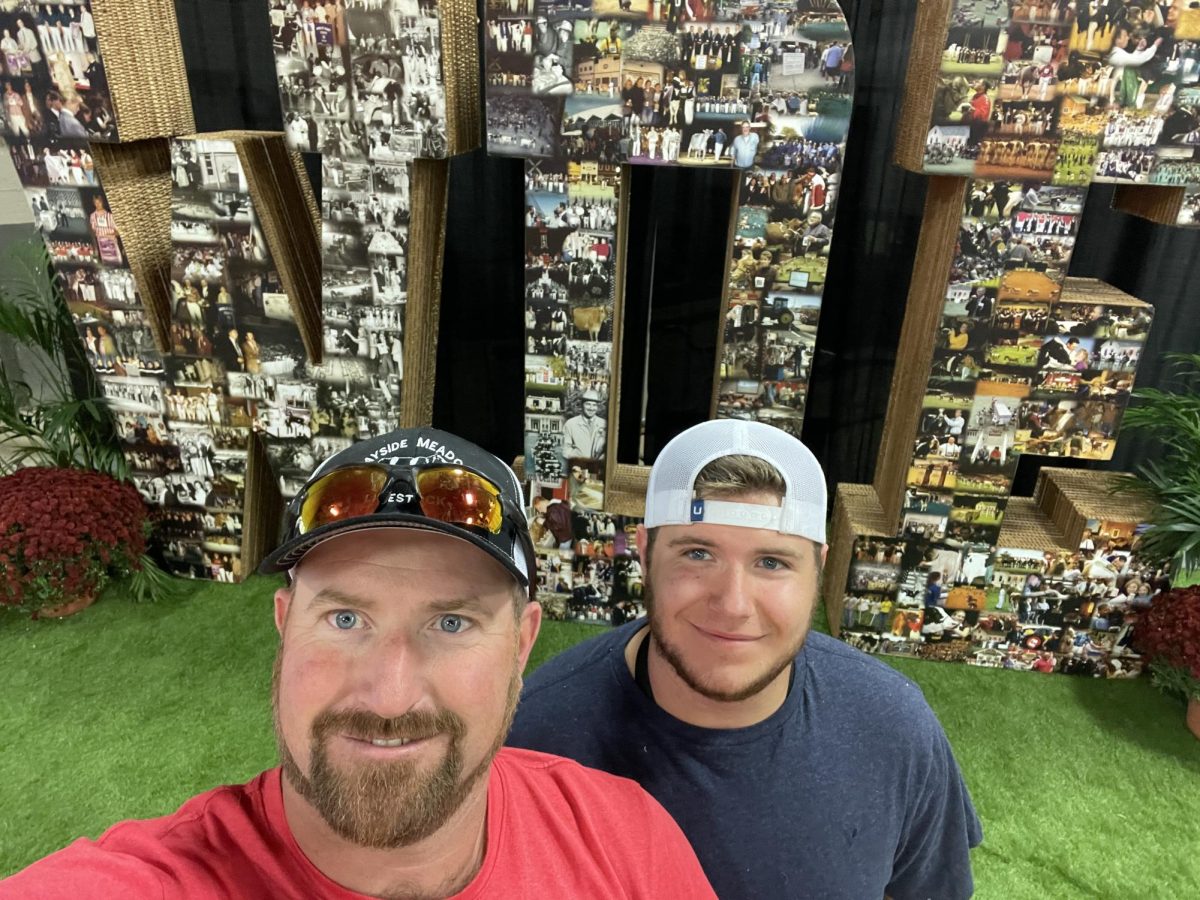Madison, WI: The World Dairy Expo held in Madison, Wisconsin, does not disappoint, with 100 countries represented. I had an opportunity to attend this event with my dad, Mike Murray. As local farmers, this was a tremendous opportunity to see the dairy industry on a scale unlike any other. As a farmer, and a member of the press with BNN, I obtained a press pass for the entire week. I conducted several interviews with companies such as GEA, BECO, and ST Genetics. The expo highlights what is next in the future of AG, and how we make farming more efficient. I spoke with Karl Wight, a GEA salesman, about GEA’s new robotic feed pusher known as the RoboRebel; Wight stated, ” We’re trying to decrease labor, which is always expensive, and increase your dry matter intake to your cows.” With all these mechanical advancements to make it easier for the farmers, companies like ST-Genetics seeks to streamline your herd.
I attended the launch of the new bolus produced by Farm Fit, Mitch Hockett, one of the directors for the Farm Fit company, a subsidiary of ST-Genetics. Hockett was excited to introduce this product: “Farmfit is a platform that has two components; the hardware component is a bolus, a small capsule that goes into a calf when it’s young. It has sensors on board that can monitor temperature and movement, and with that data, we create alerts that are actionable to help drive decision-making on when to treat [the animal], when an animal needs to be bred, when she’s ready to calve, and all of those together combined with the software component that lets us manage everything from the identification of the animal submission of genomic tests when to take action, [and] the protocols…[to use] for treatment and therapies.” The insertable bolus is designed to remove the hassle of diagnosing cows and creates a list of cows that need to be treated and/or pregnancy checked, making herd management a streamlined process. Several farmers used their boluses to monitor their string or line of show cows. Our farm currently uses the SCR collar system, however, in light of this new technology, my father plans to implement this into our high-priority group of cows. Our SCR collar system will monitor eating habits, temperature, and movement. However, the collars are very heavy and are limited to the older cows of the herd, unlike the insertable bolus, which can be inserted at three weeks old.
Showing cows is one of the biggest draws to the expo. Shows consisted of Ayrshires, Milking Shorthorns, Red and White Holsteins, and Holsteins. Shows for each breed began during the middle of the day, went until 7 p.m., and then started at 7 a.m. the following morning; then, the next breed of show cows would begin that afternoon. At the end of the show, the judges would line up a group of sometimes as large as 45-50 cows, then they would explain the reasoning behind picking such cows.
While at the expo, my cousin Lilly Marshman showed a Red and white first calf heifer and placed 3rd in her class of cows. Her mom, Sheila Marshman, a Vermont native from Groton, was so excited and shocked, seeing as her husband, Jon Marshman, had picked the cow out of the free stall and had only been shown twice before this event. She stated, “Lily’s win is a true estimate that hard work pays off. The win also increased the value of the animal as well as the value of the animal’s offspring. Aside from showing competitively, it is our goal to increase the value of the animals so Lily can eventually liquidate assets [cows] and help pay for college.” Showing is not just about putting your name on the map; it’s a great way to increase the value of your animals and help pay for colleges or pieces of equipment to improve your farm. Overall, the World Dairy Expo lives up to expectations and is still growing year by year. Being at the expo for almost a week, I still did not see everything the expo had to offer. I would highly encourage any student on the fence about pursuing agriculture to attend because the expo opens your eyes to the many pathways agriculture offers.

